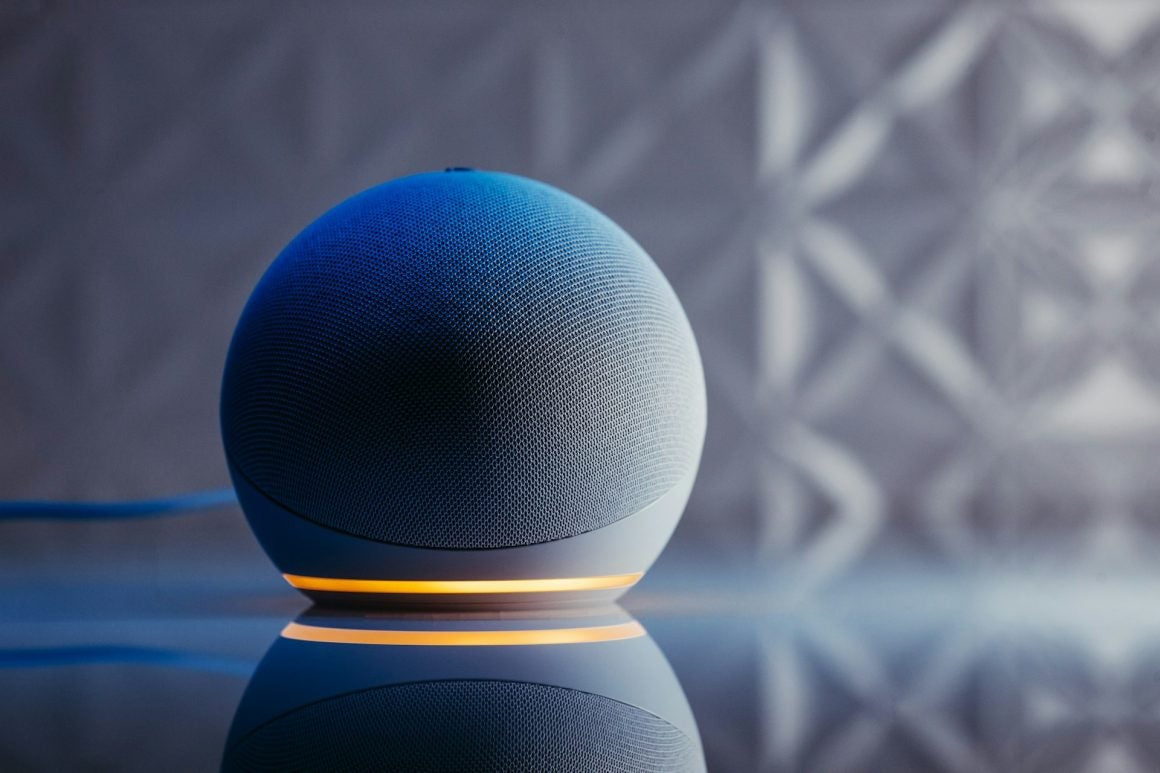Over the last several years there’s been an ongoing buzz about the potential of Artificial Intelligence (AI), whether it heralds a new golden age of innovation and creativity for humanity or alternatively, heralds our ultimate doom if we’re not careful.
But looking beyond all the hype and sensationalism that surrounds the topic of AI, there are genuinely useful practical generative applications already well established, alongside emerging capabilities that captivate our imaginations. Regarding the latter, we have already witnessed visual and audio content that is entirely created by AI software.
Nevertheless, we’re still in the early days of such capabilities and particularly when it comes to emulating the sounds and emotions conveyed by the human voice. Indeed, this has become one of the biggest challenges for developers, as they seek to program AI that can actually produce entirely natural-sounding voices.
What Does “Uncanny Valley” Mean?
The term “Uncanny Valley” was actually termed back in 1970 by Japanese roboticist, Masahiro Mori, who described the sense of discomfort and eeriness that people would feel, whenever interacting with humanoid robots or computer-generated entities.
Mori posited that that most people would lean towards feeling uneasy, particularly when robot creations were almost, but not entirely human when responding to commands and prompts. Now that AI is beginning to emulate human speech in ways that sound more convincing, this “Uncanny Valley” phenomenon has found a new resonance within our auditory realms.
The Challenge of Achieving Naturalness in AI Voices
Let’s be fair, our human voices are at a distinctly natural advantage. They are a highly complex interplay of tones, pitches, rhythm, and emotions. These also change throughout the course of our lifetimes, and in many cases, the sound of our voice can be just as unique as a fingerprint or the retinas of our eyes.
For this reason, the biggest challenge for AI beyond understanding linguistic patterns is the emotional cadence that makes our human communication so diverse and dynamic. For many of the current AI-generated voice applications, even the slightest deviance from naturalness can become unsettling or even disconcerting for listeners.
While quite impressive insofar as their capabilities have become, AI generated voices often fall short of true and natural emulation. This can be audibly observed if we listen carefully, given that synthetically created voices tend to lack the subtle inflections, variations in pitch and tone, plus the emotional resonance that all characterize human speech.
Indeed, there’s often a notable and audible gap between the pronunciation of words and phrases, putting these AI-generated voices firmly into the robotic “Uncanny Valley” territory, unable to match the natural flow and rhythm and consistency of pacing that a natural human voice can produce.
The Quest for Emotive Nuance
Aiming to bridge the gap between AI and naturally authentic human voices, researchers are delving into the intricacies of emotional expression in speech. Various AI models are now being trained on vast datasets and audio recordings, all of which encompass not only linguistic patterns but also the varying emotional context of human conversations.
Such research and investigation involve attempting to decipher the subtle cues that convey the human emotive states that are expressed in our voices, including happiness, sadness, excitement, and empathy.
Of course, this is an extremely challenging task for AI researchers when attempting to incorporate such feelings into something artificial, which doesn’t inherently experience emotions in the same way as humans. That would imply a certain level of sentience and self-awareness, and to the best of our knowledge, such a high level of AI doesn’t yet exist.
The Impact on Audience Acceptance
Undoubtedly, the success or failure of AI-generated voices will ultimately hinge on audience acceptance, during the ongoing struggle to overcome the “Uncanny Valley” syndrome, implying that how users react will become a crucial metric. But right now, do AI voices sound authentic? Are they set to replace the genuine emotive range human voiceovers or replace voice actors?
It’s an interesting question to ask, given that over the last few years, major strides in generative AI technology have been made, and they’re increasingly becoming part of our everyday lives. We already have industries using customer service and virtual assistants incorporating AI-generated voices, while the entertainment and marketing industries have explored the possibilities, although societal reactions are somewhat mixed.
Studies have shown that when consumers interact with an authentic human voice, they have a stronger impression of social presence, compared to those using synthetic generated voices. Many surveys have also found that people are more likely to trust human voices more, indicating a lack of confidence towards voices that sound artificial and robotic.
The same doubts appear to exist in various entertainment and commercial mediums, where genuine human voices are integral to acceptance. Think about the same “Uncanny Vally” reaction to computer generated faces and their unnatural movements to convey emotions, and the same reaction often applies audibly when listening to voices that lack authenticity.
Can AI Truly Capture the Essence of Human Voices?
That right there is the million-dollar question. Thanks to impressive advances made thus far and the progress of current research, the convergence of technology and human experience seems to be drawing ever closer, as AI voices begin to master linguistic patterns and gradually seek to convey the subtleties of human emotion.
For most people, wandering through the Uncanny Valley of synthetic voices and sounds comes with trepidation, evoking sensations of unease that something audibly wrong. But in the future, and with the possibility that content and everyday interactions may increasingly involve AI voices, future generations may well embrace the notion.
In the meantime, however, nothing can truly equal the richness of a natural and authentic human voice, so it will be interesting to observe whether cultural and societal acceptance matches the same pace of AI technology developments.

